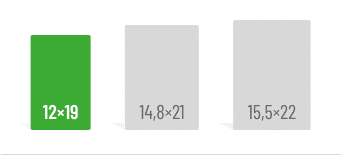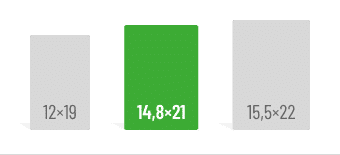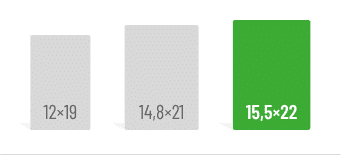First things first:
- Your outline should represent a logical flow of thought and serves as a guide for your readers.
- Keep headings short and sweet.
- Your outline is never set in stone.
Introduction – main body – conclusion. Sounds simple, right? But there’s more to it than that. An outline should show readers exactly what each section of your term paper is about. It can also serve as a roadmap for you while writing. Let’s dive into some key points to consider when creating your outline.
Headings
Your headings should give readers a clear overview of the topics. Keep them concise and to the point—full sentences are a no-go! Some universities also don’t allow questions as headings, so make sure to check your department’s guidelines. The general rule is “as short as possible, as long as necessary.” Headings like “Main body,” “Excursus,” or “Conclusion” aren’t helpful since they don’t explain what the section actually covers. What exactly are you discussing in the main body? What is the excursus about? Is the conclusion a summary, a discussion, or a comparison? To ensure your outline makes sense, ask a friend or family member to look it over.
Pro tip: Don’t get too attached to your outline. If you’re in the writing flow, don’t stop just because you’re unsure where to place certain sections. Keep writing and organize it later. Outlines are meant to guide you but shouldn’t be rigid. If restructuring makes more sense later, go for it—just make sure to adjust the numbering and keep everything in order. Need formatting tips? Check out our tutorials: How to format in Word.
Numbering and levels
Once you’ve got the structure in your head, it’s time to put it on paper—with numbering. You’ll often need to use different levels, or subsections, that break down each main chapter. Here are a few things to keep in mind.
- What type of numbering do you want to use? There are different numbering methods, all of which are essentially the same in purpose but look a little different. Your university might have preferences or rules on this. For example, law students often use alphanumeric numbering. You can usually find this information in your department’s style guide. If there’s no specific guidance, it’s up to you. Just make sure to stick to one method consistently—don’t mix them up.
- More is more? Not here! While it might seem more professional to have tons of levels in your outline, less is often more. You generally shouldn’t go past four levels. As mentioned before, your table of contents needs to be clear and easy to follow. However, the number of levels also depends on the type of paper and its complexity. You know your topic best, so you can judge how many levels are necessary. Just make sure that everything in your outline is reflected in the table of contents, including things like the bibliography or appendices.
- Consistency is key: If you have a point 2.1, you also need a point 2.2. Only having one subsection isn’t a complete division.
Key sections
Introduction
The introduction is the classic start of any paper and shouldn’t be skipped. Here, you introduce the topic and explain why it’s relevant or interesting. For example, you might connect it to current events. You’ll also need to lay out your research question or thesis and explain how you plan to approach it. Additionally, the introduction should mention the current state of research on the topic, providing the foundation on which your paper builds. Some people prefer to write the introduction last because by then, the arguments are already set in stone, which might make it easier.
Main body
The main body is the core of your paper. How many sections it includes depends on the topic and the structure of your work. Usually, it involves presenting and analyzing the aspects mentioned in the title. For a paper on media marketing in Web 2.0, for example, the main body might look something like this:
2. Media in Transition
2.1 Definition and Function of Media ………………………………….. 4
2.2 Types of Media ………………………………………………………….. 6
2.2.1 Print Media ……………………………………………………….. 6
2.2.1.1 Newspapers ………………………………………………. 6
2.2.1.2 Magazines ………………………………………………… 7
2.2.2 Radio ……………………………………………………………… 8
2.2.3 Television ……………………………………………………….. 10
2.3 Digital Challenges ……………………………………………………….. 12
3. Marketing 2.0
3.1 Definition of Web 2.0 …………………………………………………. 14
3.2 Marketing Mix …………………………………………………………. 15
3.3 Consequences of Digital Transformation ………………….. 17
4. Digital Media Marketing ………………………………………………. 19
Conclusion
The paper wraps up with the answer to the research question or the discussion of your thesis based on the findings. A brief summary of the results is also common. Be careful not to be too repetitive. In shorter papers, readers will still remember most of what you’ve discussed, so there’s no need for pages of summary.
The final sections after the conclusion usually include the bibliography, any appendices, and an affidavit.







